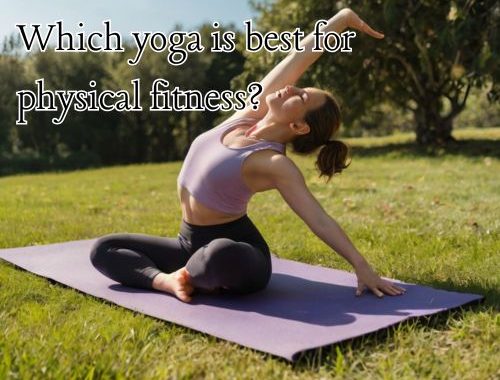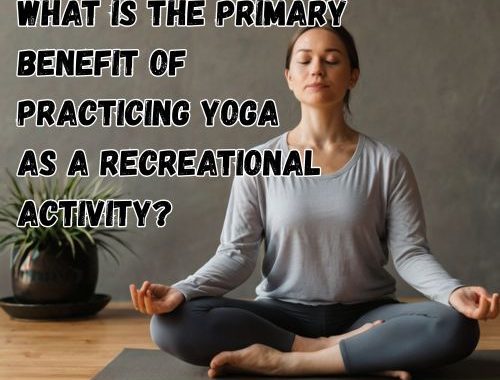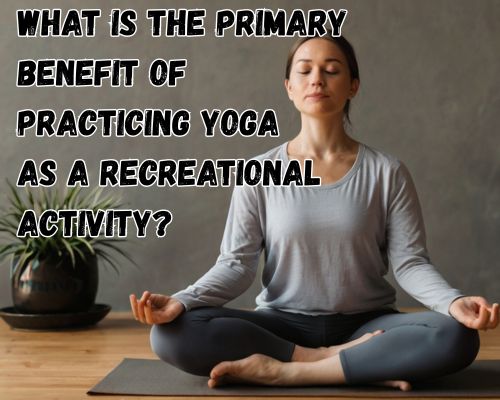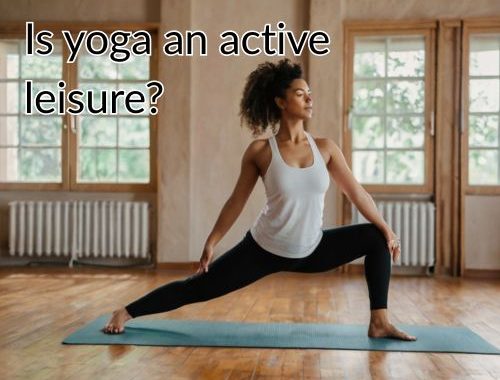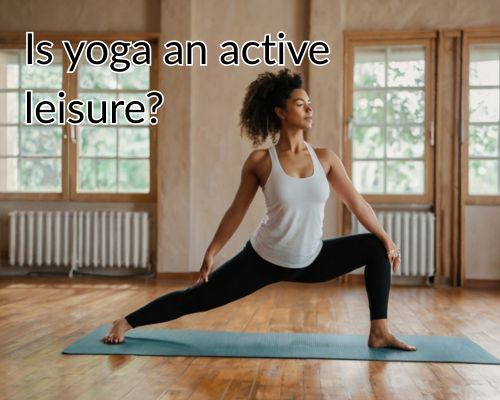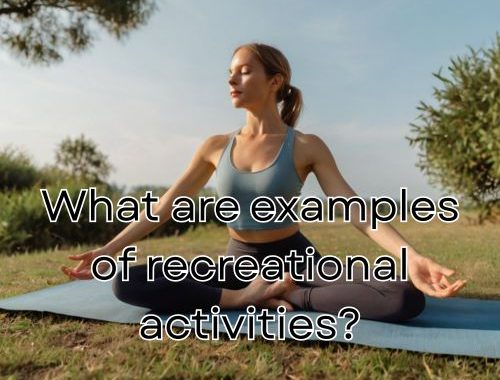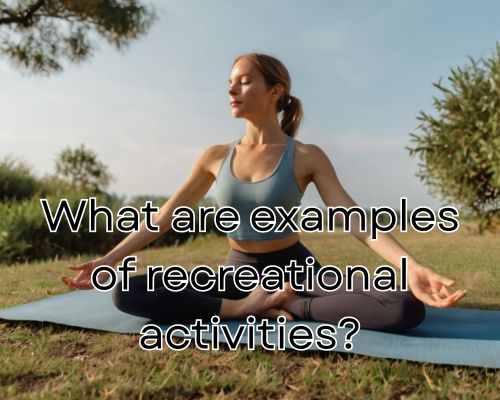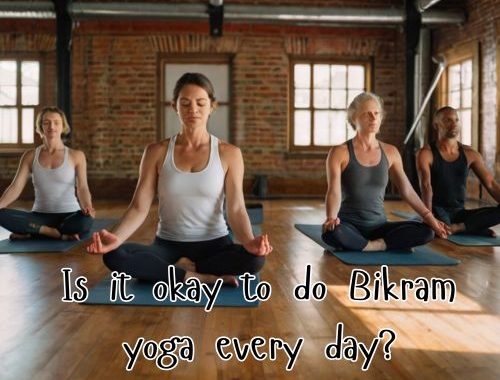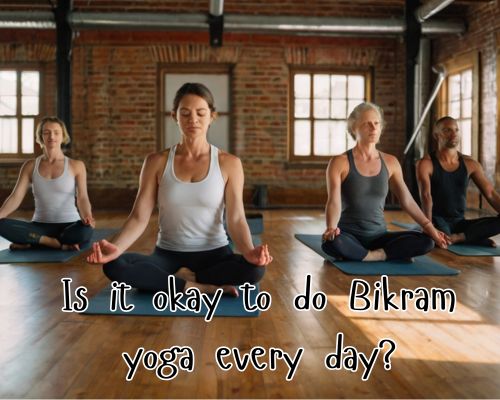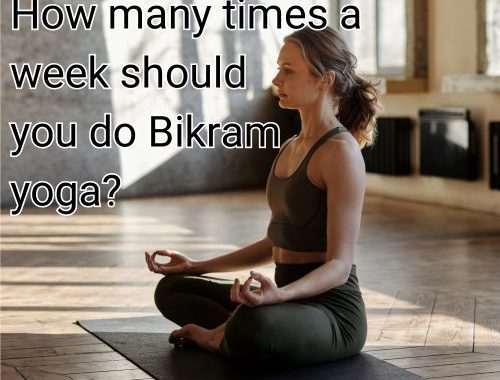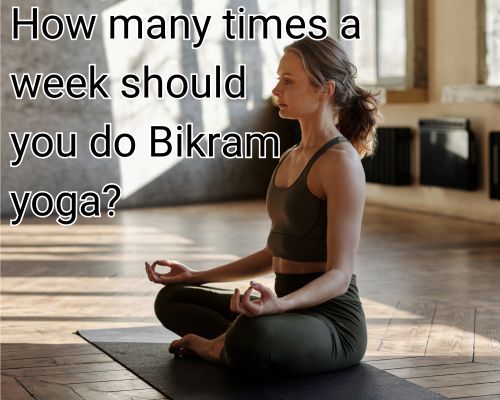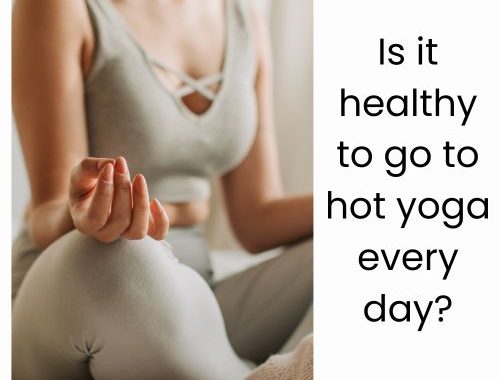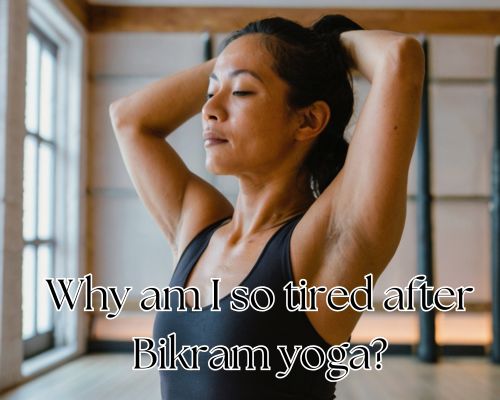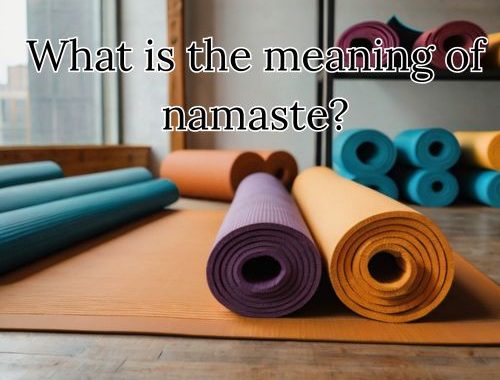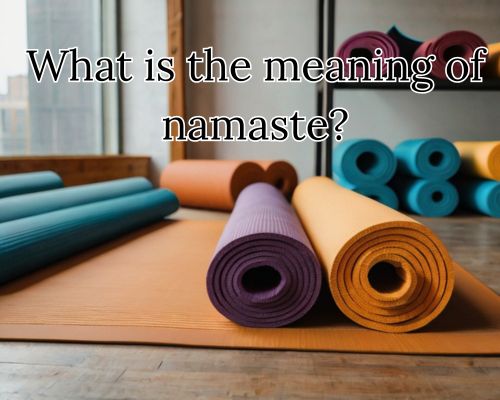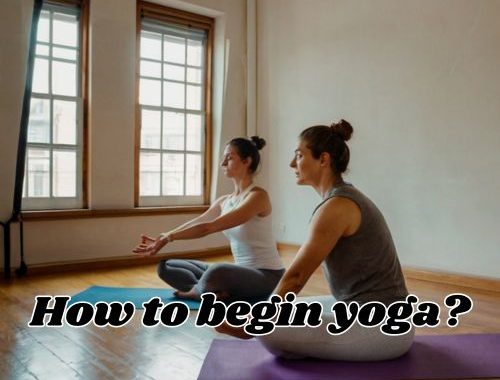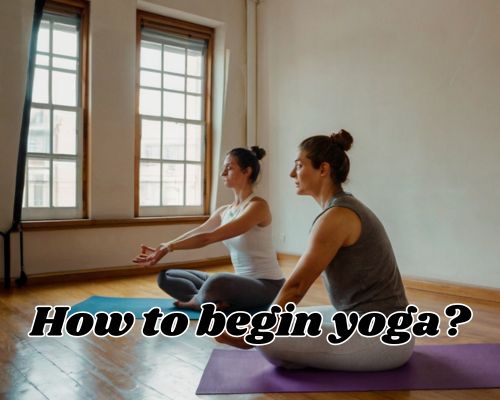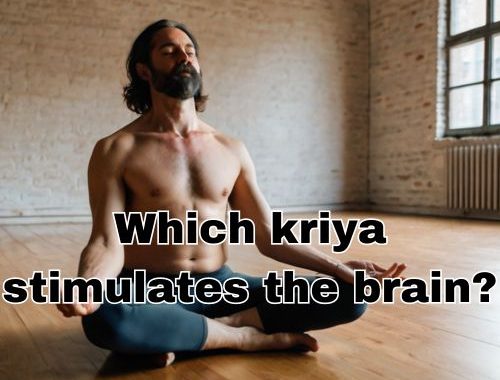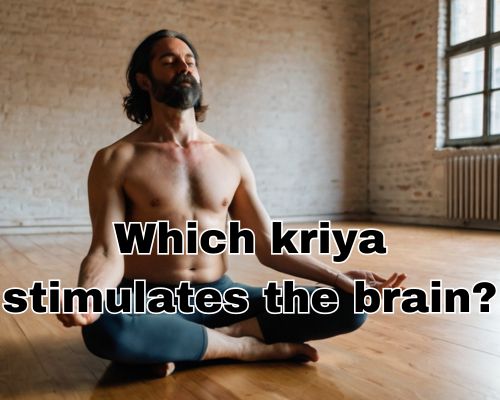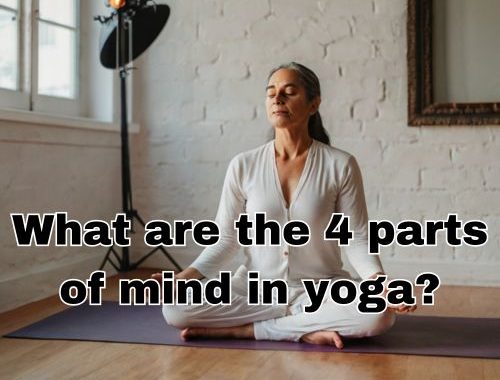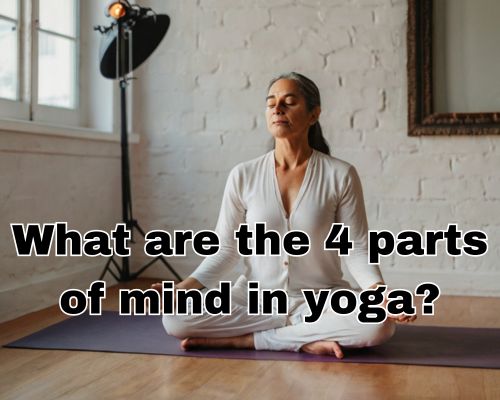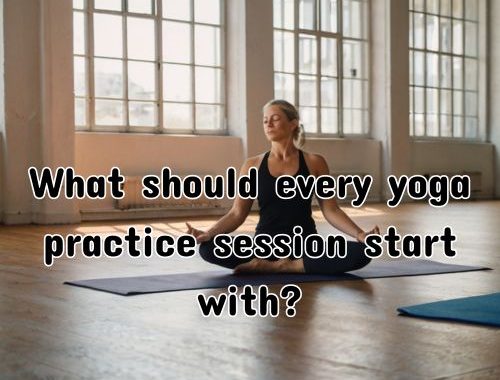Which Yoga Is Best for Physical Fitness? Discover Top Practices in Mornington, Australia
In an age where physical fitness is as much about flexibility and mental clarity as it is about strength and endurance, yoga has emerged as a top-tier option for holistic well-being. But with so many different types available, you might ask: Which yoga is best for physical fitness?
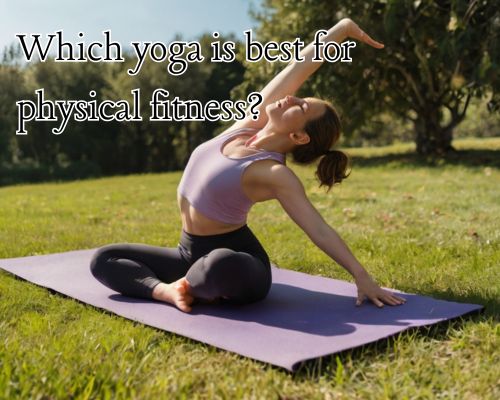
For residents of Mornington, Australia, the answer isn’t just about which yoga style provides a good workout—it’s also about finding the right fit for lifestyle, goals, and accessibility. With Bikram Yoga Mornington, we’ll explore the most effective types of yoga for enhancing physical fitness, spotlight some of Mornington’s top yoga hubs, and explain how this ancient practice can be your ticket to a stronger, more agile body.
Understanding Yoga and Physical Fitness
Before diving into specific styles, it’s important to understand what “physical fitness” encompasses. It’s not just about toned arms or a flat stomach—it includes muscular strength, cardiovascular endurance, flexibility, balance, and even coordination.
Yoga, when approached correctly, ticks all these boxes. And unlike conventional gym workouts, it integrates the physical with the mental, helping to reduce cortisol levels while enhancing posture and joint health.
What Makes a Yoga Practice Physically Demanding?
A yoga practice that supports physical fitness generally:
- Raises your heart rate (cardiovascular conditioning)
- Involves weight-bearing poses (muscular endurance)
- Builds flexibility through dynamic stretching
- Challenges your balance and core stability
- Offers repetition and progression (like strength training)
Now, let’s break down the styles that best support these elements.
Top 4 Yoga Styles for Physical Fitness
1. Vinyasa Yoga – The Flow for Functional Strength
Why it works: Vinyasa yoga is often considered one of the most physically engaging styles. It links breath with continuous movement, creating a cardio-like experience while building lean muscle.
Fitness Benefits:
- Enhances muscular strength (especially in the upper body and core)
- Improves cardiovascular stamina
- Increases joint range of motion
- Builds body awareness and balance
Mornington Highlight:
Studios like Bikram Yoga Mornington and SomaWellness offer dynamic Vinyasa classes that cater to various skill levels. Many classes here are designed specifically to enhance functional fitness for busy professionals and athletes alike.
2. Ashtanga Yoga – The Discipline of Strength and Stamina
Why it works: Ashtanga yoga is a rigorous, structured practice that involves a set sequence of postures. It is highly repetitive and athletic—ideal for those looking to sweat and build discipline.
Fitness Benefits:
- Rapid improvement in strength and flexibility
- Muscle conditioning through repetitive transitions
- Boosts endurance and stamina over time
Mornington Local Angle:
If you’re after a strong, sweaty class that builds grit, check out offerings at Kula Yoga or Mornington Peninsula Yoga Studio. Some instructors specialize in modified Ashtanga sequences for those looking to challenge their physical limits safely.
3. Power Yoga – The Western Twist on Strength-Based Yoga
Why it works: Power yoga evolved from Ashtanga but incorporates more freedom in sequencing and modern fitness principles. It’s fast-paced and sweat-inducing, often featuring core-focused moves and high-intensity flows.
Fitness Benefits:
- Boosts metabolic rate
- Strengthens large muscle groups
- Targets the core for posture and stability
- Ideal cross-training option for athletes
Local Class Insight:
Power Yoga classes are gaining popularity in Mornington, particularly among surfers and runners looking for a cross-discipline option. Studios like Elemental Yoga offer fusion classes that blend Power Yoga with strength circuits and HIIT-inspired flows.
4. Hatha Yoga (Modern) – The Foundation of Balance and Flexibility
Why it works: Traditionally gentle, modern Hatha classes can be surprisingly strength-oriented when taught with a fitness focus. Longer holds in poses increase muscle endurance and promote deep flexibility.
Fitness Benefits:
- Builds muscle control and joint support
- Improves postural alignment
- Ideal for beginners progressing toward more intense styles
Local Studio Vibe:
In Mornington’s coastal community, Hatha classes are often scheduled during sunrise or sunset. The Wellness Manor offers beachfront or garden Hatha yoga sessions focused on restoring balance while subtly strengthening the entire body.
Why Local Matters: Mornington’s Wellness Culture
Mornington’s lifestyle is health-focused and community-driven. Nestled along Port Phillip Bay, the town has embraced yoga not just as a trend but as a vital part of daily living. From boutique yoga studios to community rec centers, locals are spoiled for choice when it comes to integrating yoga into their fitness routines.
Popular Wellness Trends in Mornington Include:
- Beach yoga at Mills Beach or Mothers Beach
- Sunrise yoga overlooking the bay
- Wellness retreats combining yoga with mindfulness and nutrition
- Fitness fusion classes blending Pilates and yoga
In Mornington, the best yoga for physical fitness is also the most accessible. Whether you’re a tradesman looking for functional strength or a parent aiming to regain flexibility post-pregnancy, there’s a tailored class for you just minutes away.
Tips for Choosing the Right Yoga Style for Your Fitness Goals
Here’s how to find your match if physical fitness is your priority:
- Define Your Fitness Goal: Is it weight loss? Muscle tone? Flexibility? Endurance? Choose accordingly.
- Start Slow, Then Build: Beginners might benefit from Hatha or beginner Vinyasa before jumping into Ashtanga or Power Yoga.
- Look for Qualified Instructors: In Mornington, many yoga teachers are also trained in anatomy, physiotherapy, or personal training—seek them out.
- Complement with Other Fitness Activities: Yoga is perfect when combined with walking trails at The Briars or weekend swims at Mornington Baths.
- Stay Consistent: Physical results come with regular practice—aim for at least 3 sessions per week.
Final Thoughts: So, Which Yoga Is Best for Physical Fitness?
If you’re in Mornington and looking to get fitter through yoga, Vinyasa and Power Yoga are likely your top contenders for cardio, strength, and endurance. For those who want structure and discipline, Ashtanga delivers like clockwork. And for those just stepping in or recovering, Hatha Yoga offers a solid base.
The good news? You don’t need to pick just one. Many local practitioners in Mornington combine styles to get the most out of their routines—blending flow, power, and balance in a practice that’s uniquely their own.
💡 Pro Tip for Locals: Look out for yoga open days and free trial classes offered regularly by Mornington studios—these are ideal for sampling different styles before committing.
